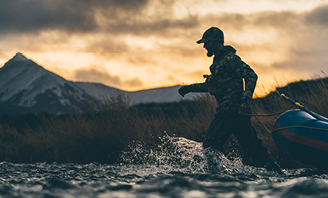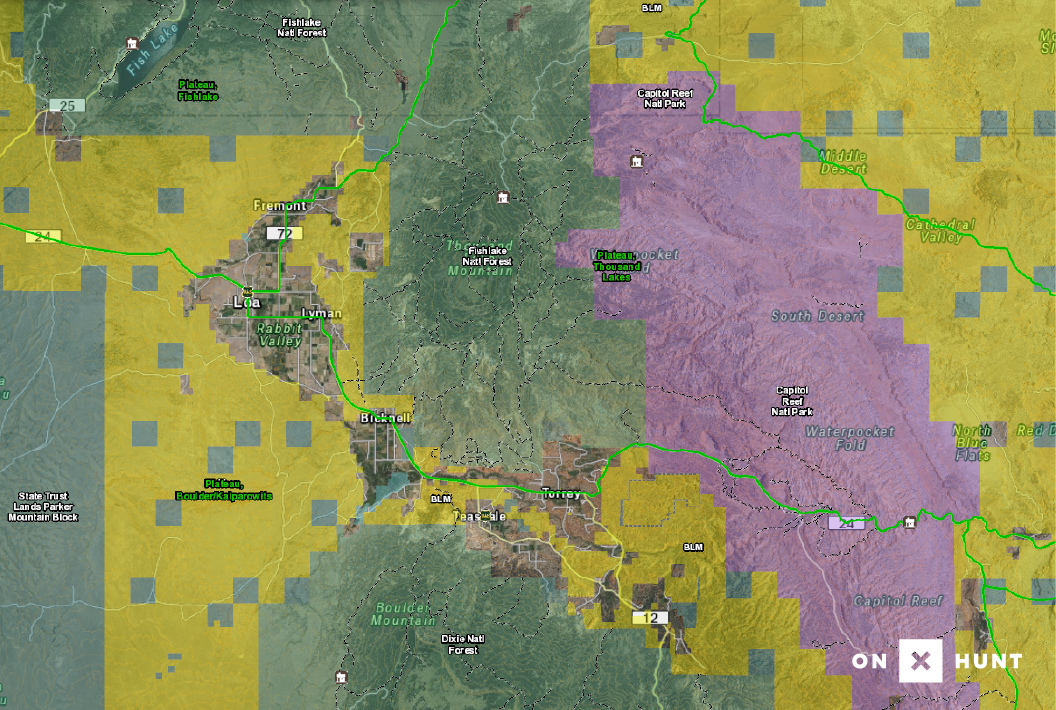Before joining up with Randy Newberg this fall, Marcus the Public Lands Llama and his team at Wilderness Ridge Trail Llamas kicked off the packing season with an overnight stargazing trip into one of Utah’s most diverse landscapes. Quickly becoming one of the most famous areas to visit in the state, Cooks Mesa in Fishlake National Forest on the western waterpocket fold of Capitol Reef National Park is known as one of the hidden gems of Utah. Anyone who has ventured into this backcountry knows the abundance of adventure, wonder, and scenic beauty it has to offer. But not all have been so fortunate.
On this trip, Marcus was joined by a family of three, who had never spent much time outdoors. To ensure the family's first outing was one to remember, and to allow them to soak in their surroundings, each llama carried up-to 90lbs of gear, meals, and water to their basecamp atop Cooks Mesa. At only three years old, this was Marcus’s first overnighter into the backcountry as well, so the experience was as new to him as it was his guests. To no surprise of the others, the difficult terrain was no match for his natural packing instincts.






